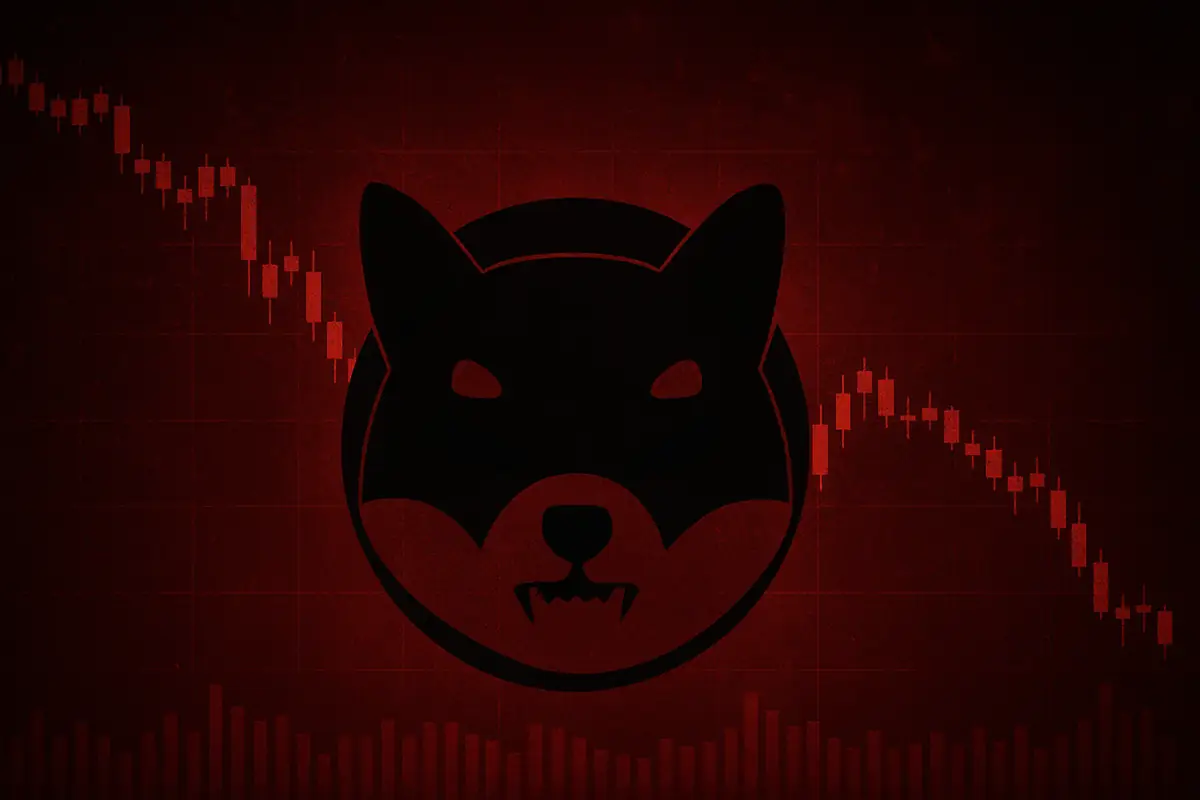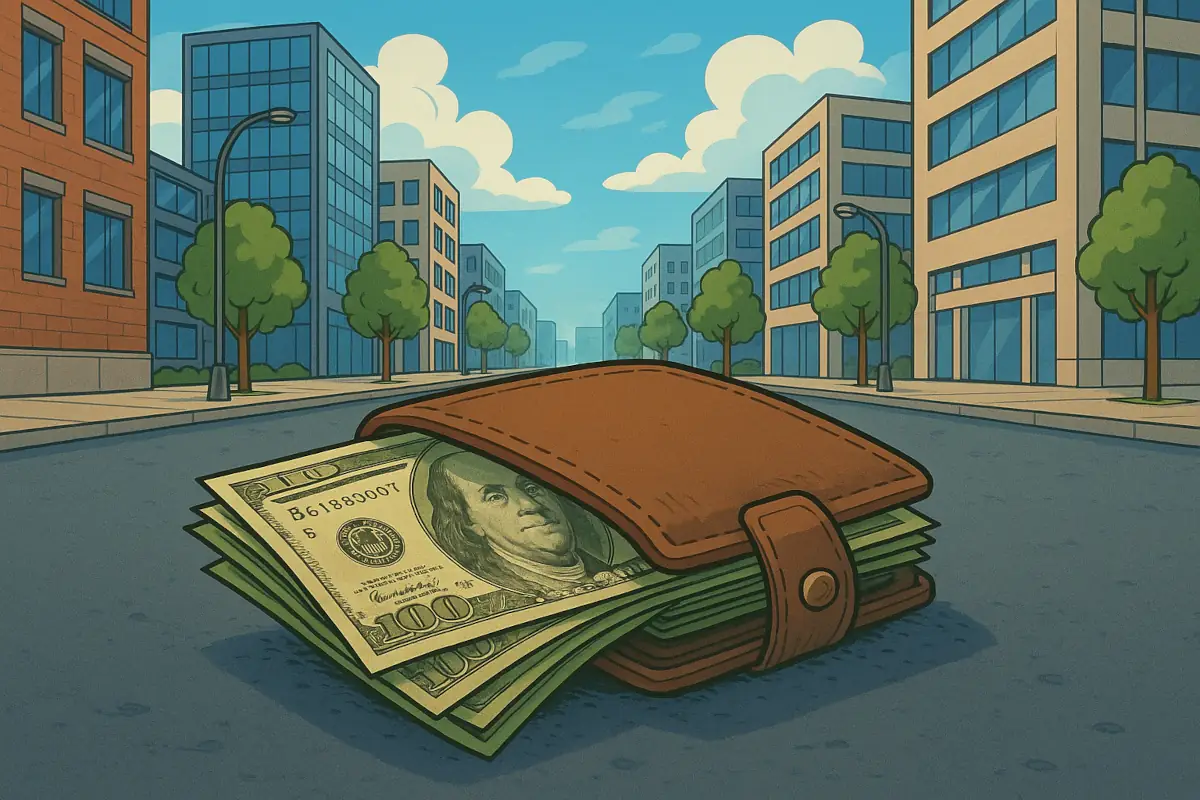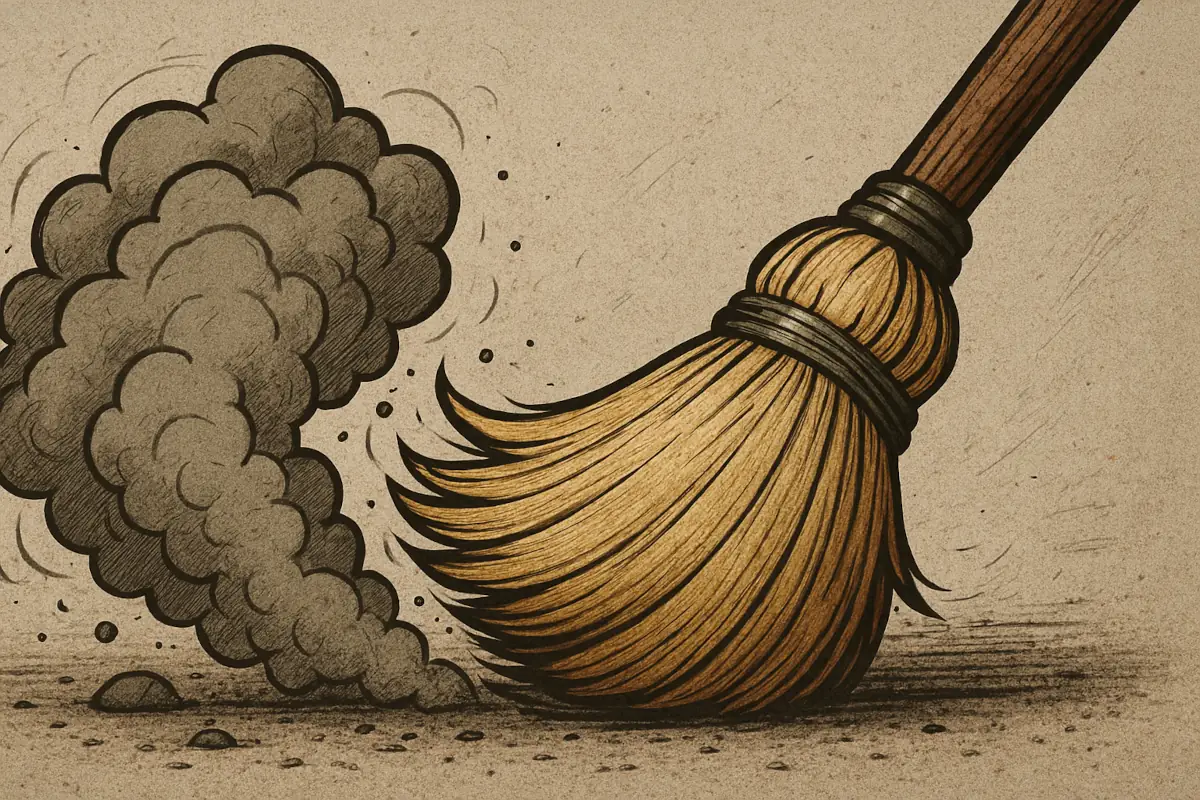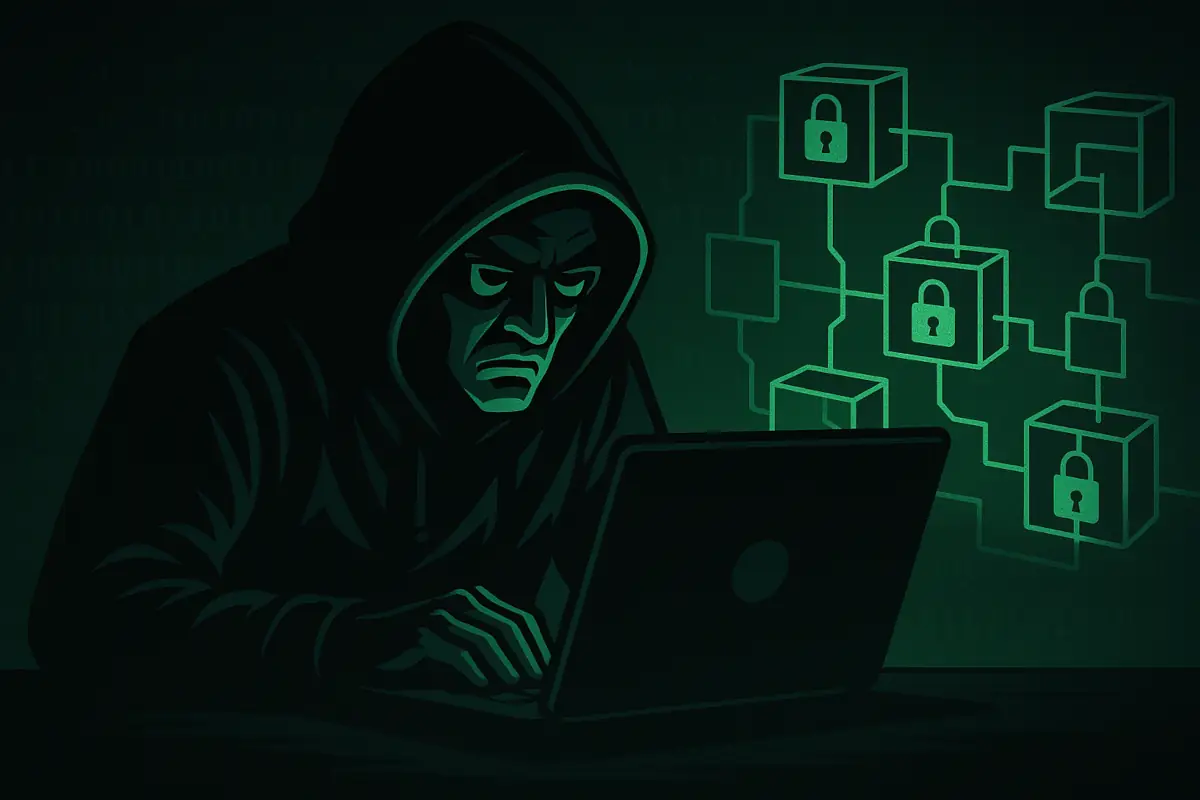On the surface, memecoins offer an accessible entry point into the crypto market. Fast gains, simple entry, and an energetic online following attract millions of traders. But behind this hype lies a grim pattern of scams, with rug pulls becoming the most frequent danger.
Recent data reveals a consistent link between memecoin launches and fraudulent activity, especially on major launchpads. With billions of dollars traded and lost, these schemes are no longer rare occurrences but recurring tactics. The scale of deception is now clearer than ever – and it’s heavily centered on Solana.
Table of Contents
What Is a Rug Pull?
A rug pull occurs when the creator of a crypto token sets up the project, builds initial interest, attracts investors, and then exits suddenly – leaving users with worthless tokens. This scam can be completed in hours. Traders are often lured with the promise of high returns, and once funds start flowing in, creators pull out the liquidity, vanishing with the cash.
The name comes from the idea of pulling a rug out from under someone’s feet. It leaves traders with empty promises and worthless tokens. This type of fraud thrives in environments where transparency is missing and regulation is limited.
The projects most vulnerable to rug pulls are usually anonymous, lack clear roadmaps, or have misleading promotional campaigns. Once victims are “rugged,” they’re left with little chance of recovery, and many of these tokens vanish from trading platforms just as fast as they appeared.
Why Scam Tokens Are Thriving on Launchpads?
On February 27, 2025, the U.S. Securities and Exchange Commission clarified that memecoins, despite their volatility, do not qualify as securities. That decision removed a significant legal barrier, allowing trading platforms to list them without facing legal consequences related to unregistered securities.
This statement led to a sharp increase in memecoin activity. The mix of regulatory tolerance, public excitement, and economic instability has created a perfect storm. Memecoins are now more accessible than ever, but so are the scams. Bad actors have taken advantage of the limited oversight and created systems designed to extract money from unsuspecting users.
With extremely low trading fees and almost instant transactions, the Solana network has become the go-to platform for these scams. Its infrastructure supports fast deployment, enabling rug pulls to be carried out with little trace or delay.
Pump.fun’s Reputation: A Factory for Short-Lived Tokens
Between January 2024 and March 2025, more than 7 million tokens were deployed on Pump.fun with at least five recorded trades. However, only 97,000 of those tokens maintained liquidity above $1,000. This means that over 98.6% of these tokens lost most or all of their value within a short time.
Pump.fun uses a bonding curve model where token prices increase automatically with each purchase. This setup gives early buyers – and especially the creator – an edge. As more users buy-in, prices go up fast, only for the creator to sell their holdings and drain value.
This system heavily favors those who launch the tokens. Late participants almost always pay higher prices and absorb the losses when the creator sells off. A well-known example is the Gen Z Quant incident, which followed this pattern precisely.
Reports from Pine Analytics also found that developers are using same-block sniping to manipulate trades even further. These behaviors highlight how the structure of Pump.fun is being exploited.
Read also: Can Four.meme Challenge Pump.fun? Launchpad Comparison
Raydium’s Pools: Soft Rug Pulls on Repeat
Raydium, another major platform on Solana, uses liquidity pools instead of bonding curves. Token creators deposit coins and wait for trading volume to increase. Once enough funds build up, they withdraw the liquidity and leave the coin unusable. This action crashes the price and traps users.
A recent study reviewed 388,000 Raydium pools. It found that 93% (361,000 pools) showed signs of soft rug pulls. These are not just isolated events. A quarter of these incidents involved under $732, but the median rug pull was worth $2,832, and the largest single theft reached $1.9 million.
This pattern reveals an ecosystem where scams are routine, and users face constant threats. Fraudulent token creators use every possible advantage, from design flaws in pool systems to timing trades when interest is highest.
Read also: Raydium Surges as LaunchLab Activity Increases
Regulators Step In as Public Losses Rise
As these scams grow, enforcement agencies are beginning to respond. In March 2025, the SEC, under Acting Chairman Mark Uyeda, launched a dedicated unit to investigate and prosecute crypto-related fraud. The DOJ followed with a clear focus on investment scams.
In a memo dated April 7, 2025, Deputy Attorney General Todd Blanche wrote:
“Prioritize investigations and prosecutions that involve conduct victimizing investors, including […] digital asset investment scams, fake digital asset development projects such as rug pulls, […] and exploiting vulnerabilities in smart contracts.”
States are responding too. New York introduced legislation aimed at criminalizing code-based scams. The bill focuses on the behavior of token creators during launch phases, giving prosecutors a new legal basis to charge those responsible for rug pulls.
The public damage is no longer abstract. In April 2025, a class-action lawsuit was filed with the SEC against Meteora, a decentralized exchange built on Solana. The complaint focuses on the $M3M3 token and accuses its insiders of executing a $69 million rug pull.
Read also: Pump.fun $500M Lawsuit Escalates as New Allegations Emerge
Tools Can Help, But Risks Remain
The DOJ and SEC have shifted their approach: platforms are no longer just at risk for failing to register tokens. Now, they face pressure to prevent harm to users. If companies do not detect or stop rug pulls, they can face legal and financial penalties.
One tool developed to address this is Token Sniffer. It monitors the blockchain and uses real-time alerts to warn of potential scams. According to its developers, it now covers Solana and analyzes token distribution, locked liquidity, and developer behavior.
Still, no tool can prevent scams entirely. As the fraud methods grow more advanced, so must the tools designed to detect them. Institutions face a choice: invest in protection, or risk exposure to repeated losses and regulatory fallout.
Final Words
The appeal of memecoins continues to rise, but the dangers have become clearer than ever. On Solana, 98.6% of Pump.fun tokens and 93% of Raydium pools show patterns of fraud. Most tokens are structured to benefit the creator, not the trader.
With regulators tightening oversight and scams reaching into the millions, the pressure on trading platforms is growing. The frequency of rug pulls is not just a technical issue – it’s a financial threat that affects real people.
Read also: Libra Coin: A Political Memecoin That Ended in Disaster




